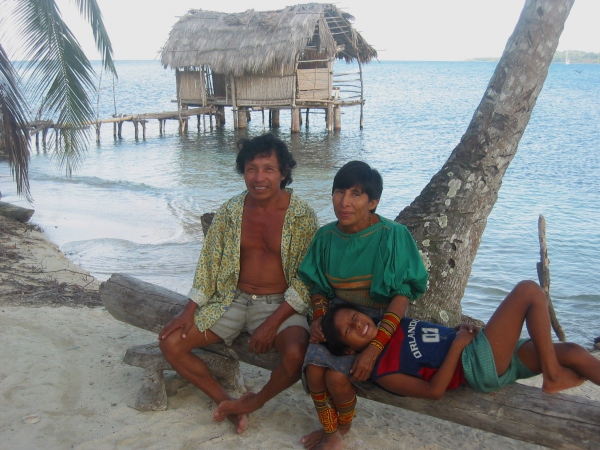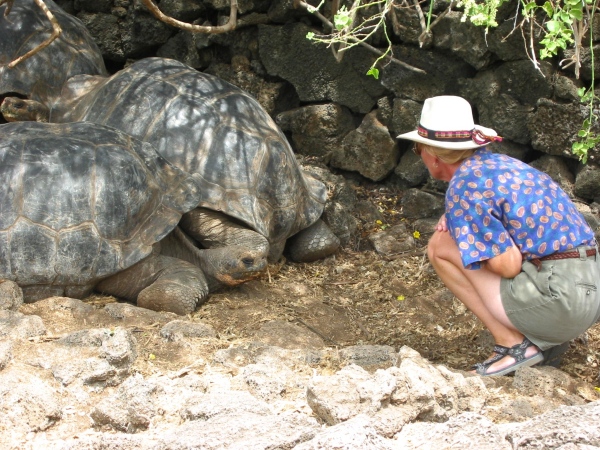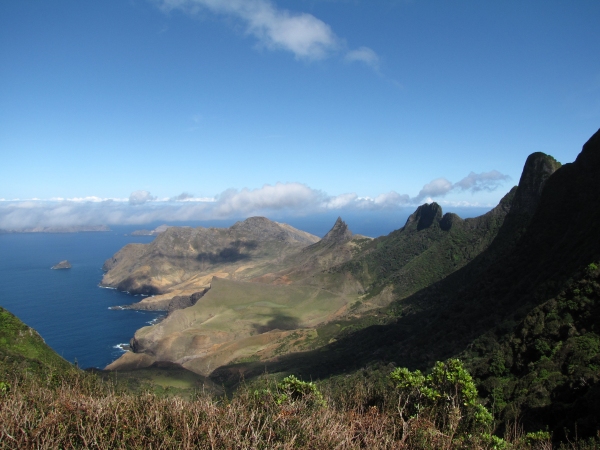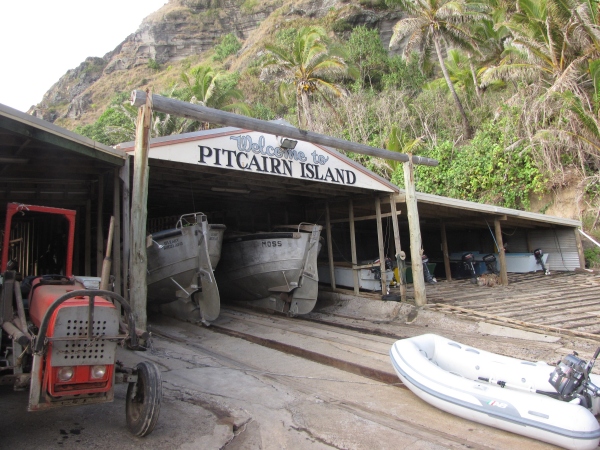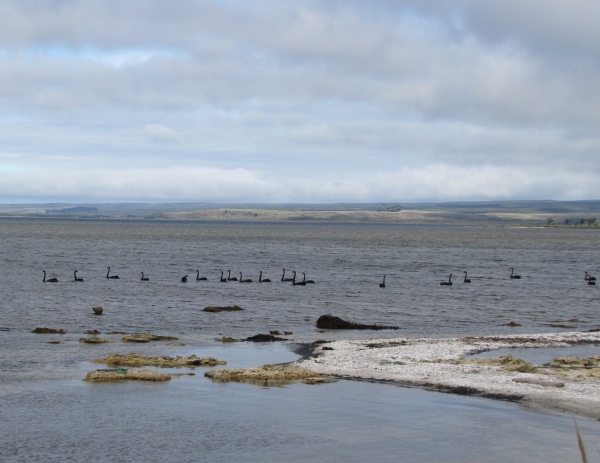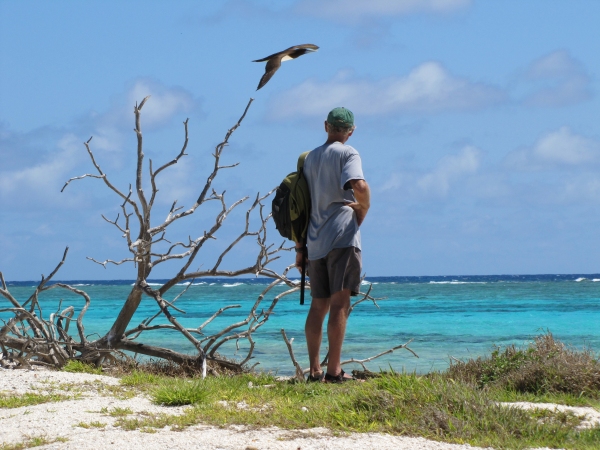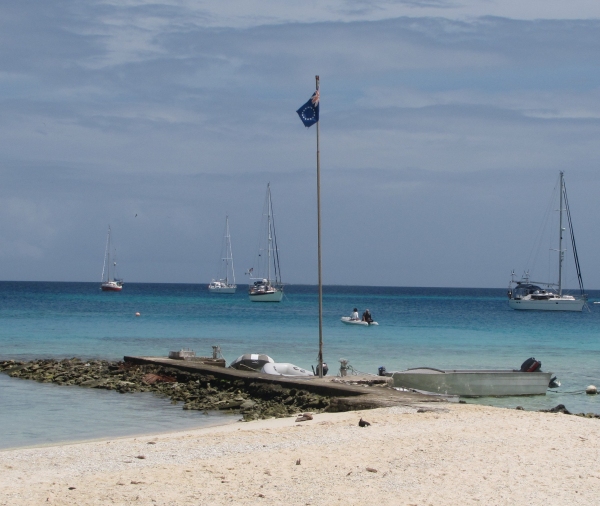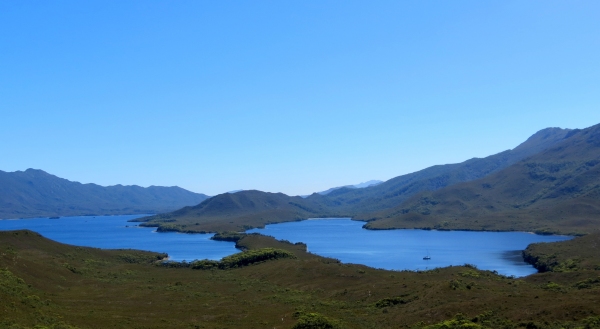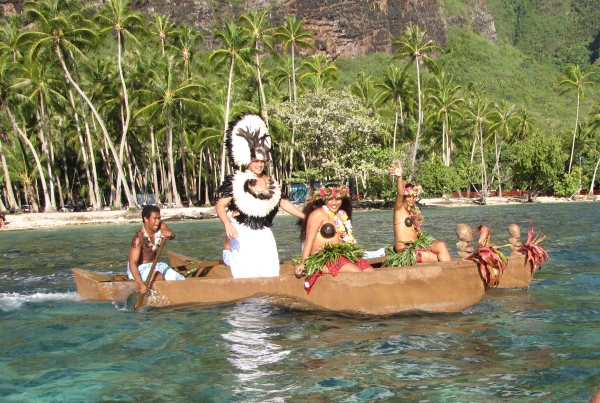The hardest thing we ever did
/
“Man cannot discover new oceans unless he has the courage to leave sight of the shore.”
Andre Gide
We've been asked many times what our biggest challenges have been as cruisers and we always respond that the hardest thing we ever did was leave the dock in Kemah, Texas. I cannot imagine the angst and fear and anticipation that sailors of old must have felt as they sailed from the comfort of their home ports to explore an unknown world. I remember the mix of anxiety and exhilaration as we left Kemah ... and we were only heading across the Gulf of Mexico to Florida.
We've written about slaying dragons often in the past. Perhaps that's why our “just a little further” philosophy has worked for us. Having to worry about all the new things we were going to encounter … all those little dragons to slay … like night watches, squalls and storms, navigation, sailing skills …. was hard enough. Add to that bigger challenges/dragons like long ocean passages, rounding southern capes, high latitude sailing and circumnavigating the globe. Just contemplating those possibilities was beyond the realm of our realistic imaginations. Had we worried about all that before leaving, I think we might have stayed in a nice, cozy marina and perhaps gone coastal sailing on weekends. But we didn't.
Getting up the courage to leave was easy when we were just talking about it. Doing it … well, that was quite another thing. Remember, we didn't have years of sailing experience under our belts, but rather we took sailing lessons in our 40s, read lots, chartered a bit and then we sold up and sailed off. The morning we tossed off that last dockline and slowly watched the coast disappear into the horizon was a “gulp and swallow” kind of experience. Yikes … what were we getting ourselves into?
So what does it take to make the big leap? Well, along with a bit of courage, it takes preparation. Certainly, confidence in yourself and each other is a main ingredient. You need to trust each other. You have to have confidence in your boat, that she'll handle whatever comes your way because you've maintained and equipped her properly. Confidence and a mindset that whatever happens, you'll figure out what to do. Once you're out there, there's no telling where the wind will blow you, what you'll see, what you'll discover … about the world and yourself.
Yup. We left Kemah, Texas and then we were sailing and we kept going around and here we are … some 86,000 miles later … all because we left the dock.


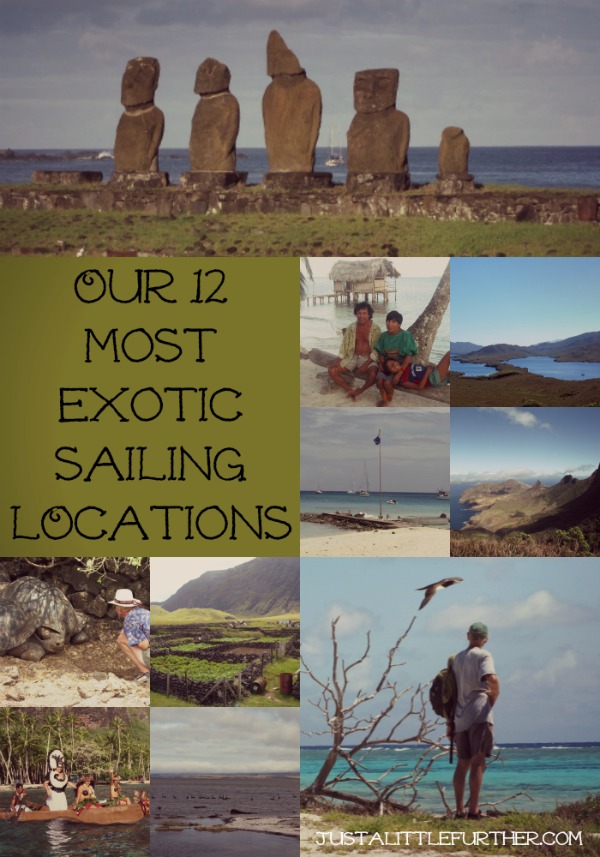 In the past 15 years of rounding the globe, certain destinations were high on our “exotic” scale. We define an exotic place as one that's beckoned to us, maybe because of its historical significance, maybe for its tropical, faraway appeal, maybe because it always seemed alluring, out of reach and fascinating with that we've-read-about-it-in-books-and-now-we're-really-here quality.
In the past 15 years of rounding the globe, certain destinations were high on our “exotic” scale. We define an exotic place as one that's beckoned to us, maybe because of its historical significance, maybe for its tropical, faraway appeal, maybe because it always seemed alluring, out of reach and fascinating with that we've-read-about-it-in-books-and-now-we're-really-here quality.